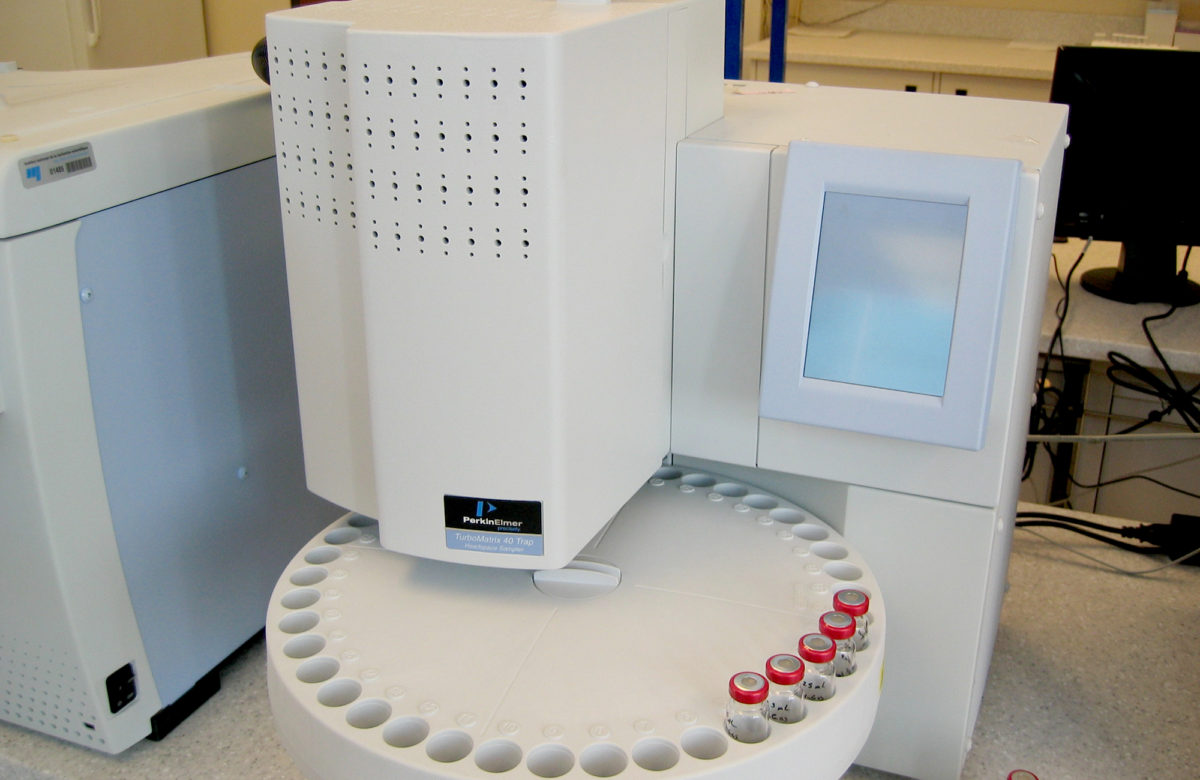The Measurement of Trace Metals in Samples from Aquatic Environments Laboratory is used to characterize contaminants and aquatic organisms’ exposure to these substances as well as the effects of metal bioaccumulation in the aquatic environment.
This facility has the expertise and equipment required for research activities in biogeochemistry and ecotoxicology, including the dissolving of trace metals in the solid phase, determination of metals with elemental analyzers, or determination of the chemical speciation of metals in the aqueous phase.
The analyses conducted at the Measurement of Trace Metals in Samples from Aquatic Environments Laboratory make it possible to discriminate between the different “chemical forms” of metals in the ambient environment of organisms, on the surface of cell membranes, or even in the intracellular environment. If bioaccumulated metal is present, it can be located at the subcellular or subtissue scale.
- An ultraclean room (class 1000) with class 100 workspaces for handling samples
- An inductively coupled plasma mass spectrometer (ICP-MS) equipped with a laser ablation system
- An inductively coupled plasma atomic emission spectrometer (ICP-AES)
- A high-performance liquid chromatograph (HPLC)
- An ICP-MS coupled to an HPLC
- Solid- and aqueous-phase mercury analyzers
- An ion exchange system for determining speciation of dissolved metals
- Equipment for algal cell cultures under controlled conditions (temperature, agitation, light intensity and spectrum)
- An ultracentrifuge
- A particle counter
- Radioactivity counters (beta and gamma emissions)
- Understand the impact of metal contamination on aquatic organisms (e.g., algae, biofilms, invertebrates, fish)
- Measure the concentration of metals in surface water, groundwater, soil, and biological tissues
- Examine the relationship between a metal’s chemical speciation and its bioavailability under physicochemical conditions
- Determine the cell fractions in which metals accumulated by aquatic organisms are found
Contacts
Lise Rancourt
Laboratory Manager
Phone: 418-654-2630
lise.rancourt@ete.inrs.ca
Claude Fortin
Professor and Scientific head
Phone: 418-654-3770
claude.fortin@ete.inrs.ca
Measurement of Trace Metals in Samples from Aquatic Environments Laboratory
Institut national de la recherche scientifique
Eau Terre Environnement Research Centre
490 rue de la Couronne
Quebec City, Quebec G1K 9A9

